Anne Heywood: The Trailblazing British Actress Who Redefined On-Screen Boldness
Anne Heywood wasn’t just another British beauty entering Hollywood with hopes of being discovered—she was a woman who pushed past expectations, walked straight into controversy when the story needed honesty, and carved out a career built on courage, talent, and emotional intelligence. From her quiet upbringing in Birmingham to her Golden Globe–nominated performance, her life unfolded like a film with unexpected twists, bold decisions, and a heroine who never backed down from complexity.
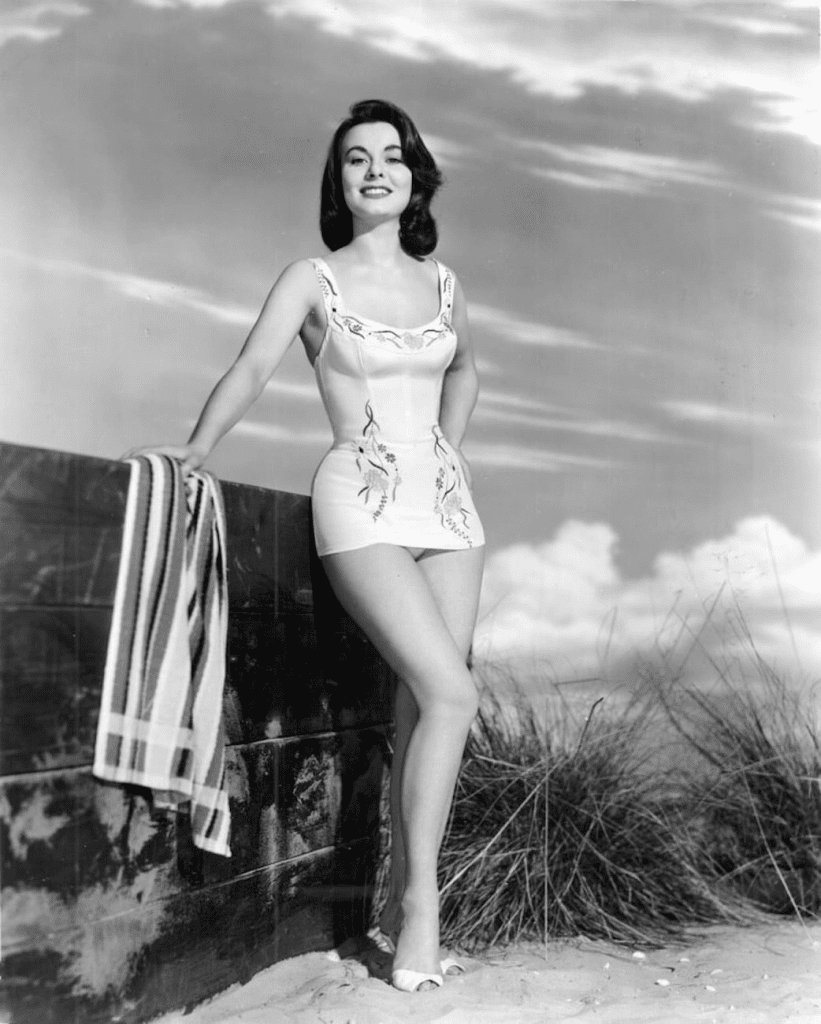
Have you ever wondered what it takes to rise from a beauty pageant stage to global cinema, breaking taboos along the way? Her story answers that question with heart and fire.
The Early Spark: From Birmingham’s Modest Beginnings to a Crowned Beauty
Before she became Anne Heywood, she was Violet Joan Pretty, a young girl growing up in post-war Handsworth, Birmingham. Her father’s violin filled their home with music, hope, and dreams much bigger than their neighborhood. At only 17, Violet stepped boldly into the national spotlight by winning Miss Great Britain 1950, becoming a symbol of optimism in a country rebuilding from hardship.
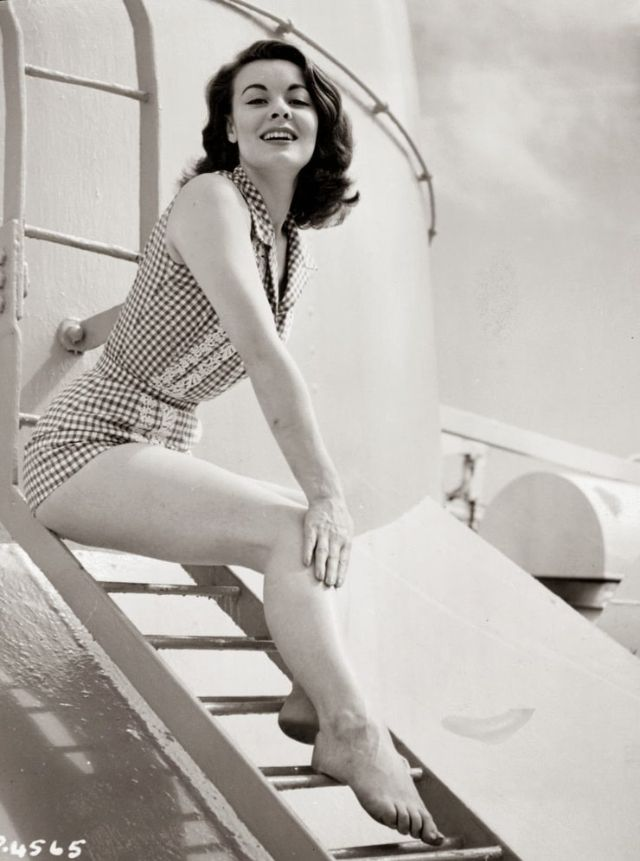
But pageants weren’t her finish line; they were her launchpad. Soon she attended the London Academy of Music and Dramatic Art, training her voice, posture, and emotional range. During this period, Violet transformed into Anne Heywood, a name with cinematic strength and mystery. This rebranding wasn’t vanity—it was her first declaration of control over her future.
Video : Movie Legends – Anne Heywood
Breaking Into British Cinema: Rank Organisation and Rising Roles
The 1950s British film industry was polished but rigid. Anne Heywood entered with a spark the screen hadn’t seen in a while. Signing a seven-year contract with the Rank Organisation, she stepped into roles that showcased her versatility, charm, and growing depth.
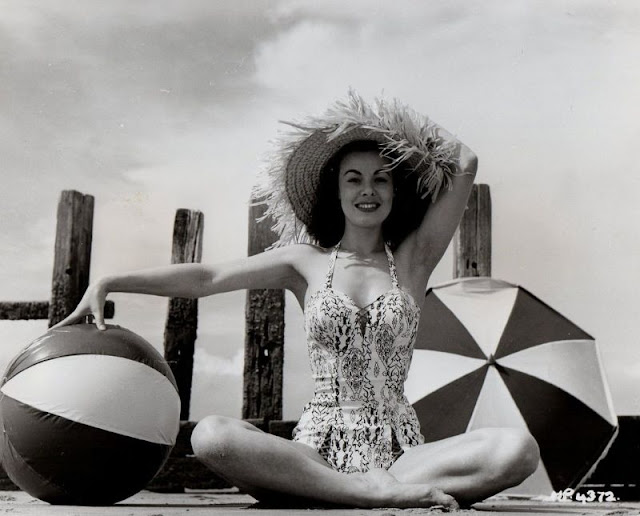
Her work in Dangerous Exile and Doctor at Large highlighted her comedic timing and poise. But it was Violent Playground (1958) that drew real critical attention. Playing the protective sister in a tense drama, she delivered a performance that Variety praised as one of the most promising of the year.
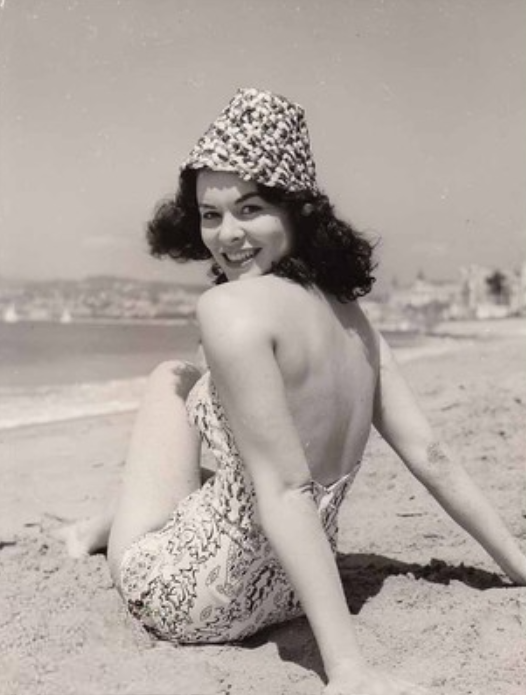
Still, Anne didn’t want repeating characters or shallow roles. She yearned for emotional honesty and real challenge. In a bold move, she walked away from her Rank contract early, famously saying she was tired of playing “wishy-washy good girls.” That decision opened the door to the most daring chapter of her career.
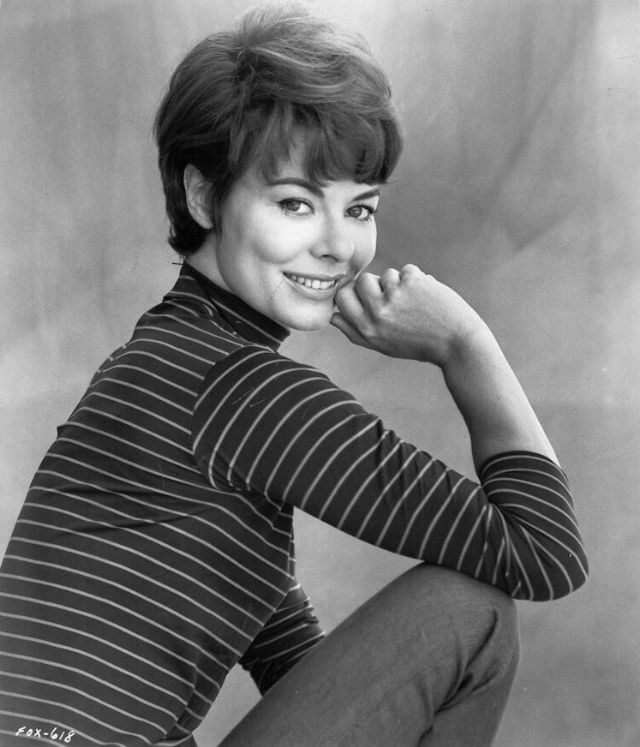
A Breakthrough That Shocked and Inspired: The Fox and Hollywood Attention
The role that defined Anne Heywood’s legacy came in 1967 with The Fox, based on the D.H. Lawrence novella. She portrayed March, a woman living in emotional and intimate isolation until unexpected desires surface. The performance was raw, daring, and revolutionary for the era, bringing her a Golden Globe nomination.
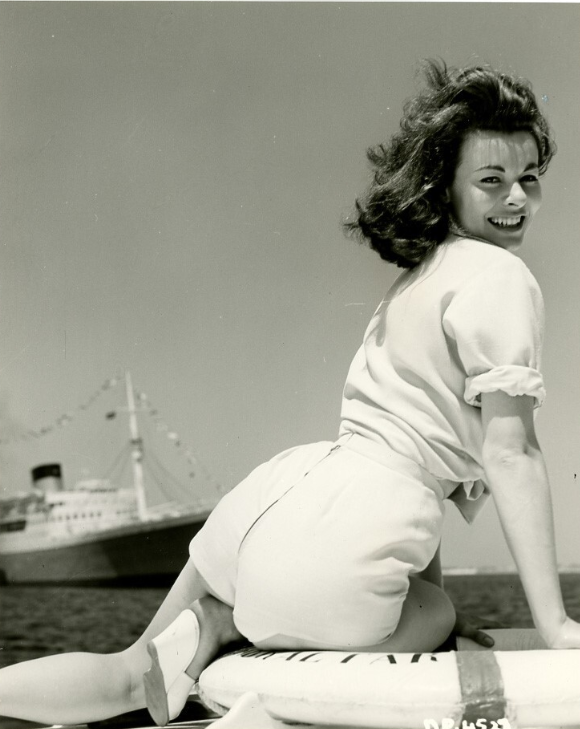
This wasn’t just a film—it was a cultural conversation. While some whispered scandal, audiences admired the emotional courage she brought to the screen. She showed that complexity, vulnerability, and taboo subjects could be portrayed with dignity.
Hollywood took notice. Soon she was starring with Gregory Peck in The Chairman (1969), where she played a brilliant scientist navigating Cold War intrigue. Whether she was navigating psychological tension or action-thriller suspense, Anne’s intensity shined through.
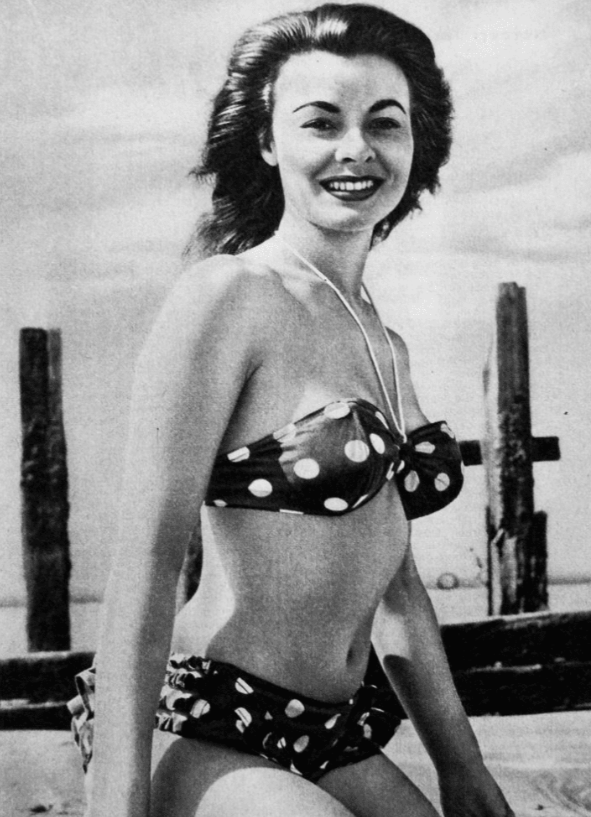
A Global Career: Italian Cinema, American Television, and Bold Characters
By the 1970s, Anne Heywood had become a truly international actress. Italian directors adored her emotional depth, casting her in dramatic films such as The Nun and the Devil and La Prima Volta sull’Erba. These stories allowed her to explore passion, moral conflict, and the emotional scars that shape people.
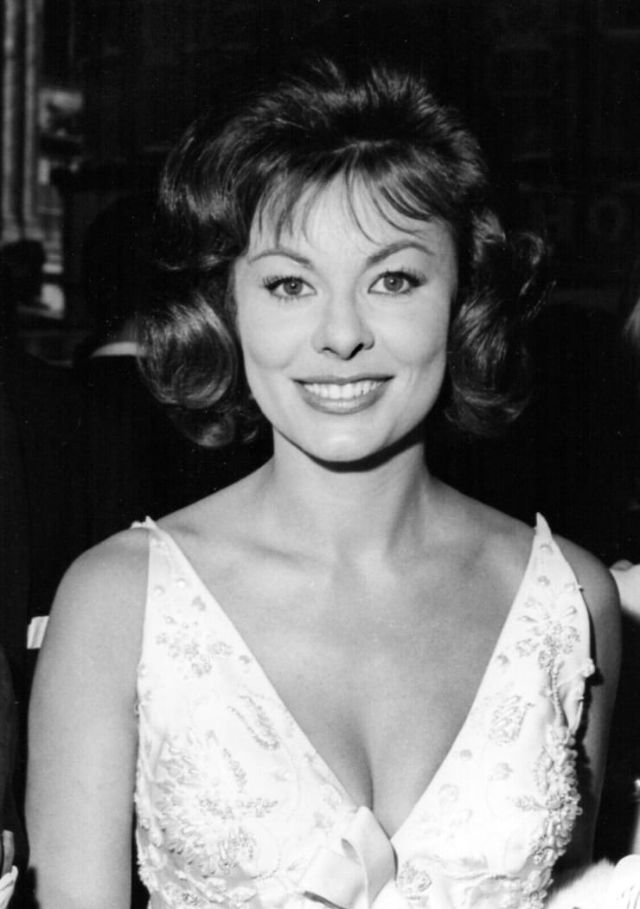
In the U.S., she continued to evolve. Films like Trader Horn and Good Luck, Miss Wyckoff showcased her range—from adventure to deeply emotional drama. Her work on American television, including Sadat and The Equalizer, proved she could shift between genres effortlessly.
Anne Heywood never boxed herself in. She embraced complex, flawed, human characters—ones that challenged audiences and, at times, stirred debate.
Video : THE FOX (1967) Clip – Sandy Dennis, Keir Dullea, and Anne Heywood
Behind the Camera: Love, Loss, and a Life Beyond Hollywood
Off-screen, Anne’s life carried just as much emotion as her films. She married producer Raymond Stross in 1963, and their creative partnership shaped many of her most daring roles. They traveled, built projects together, and leaned on each other during ambitious productions.

His passing in 1988 was a heavy blow. Yet Anne found strength again when she married George Danzig Druke in 1991. Together they created a quieter life in Beverly Hills—far from the lights, close to peace.
Anne had no children, but she devoted herself to art, travel, and personal passions. She valued privacy and allowed her performances—not her personal life—to express her deepest emotions.

Final Years and Lasting Legacy: A Graceful Exit from the Spotlight
Anne Heywood stepped away from acting in the late 1980s, choosing a life of reflection, ease, and personal fulfillment. She passed away on October 27, 2023, at age 91, leaving behind a legacy defined by courage, elegance, and artistic bravery.
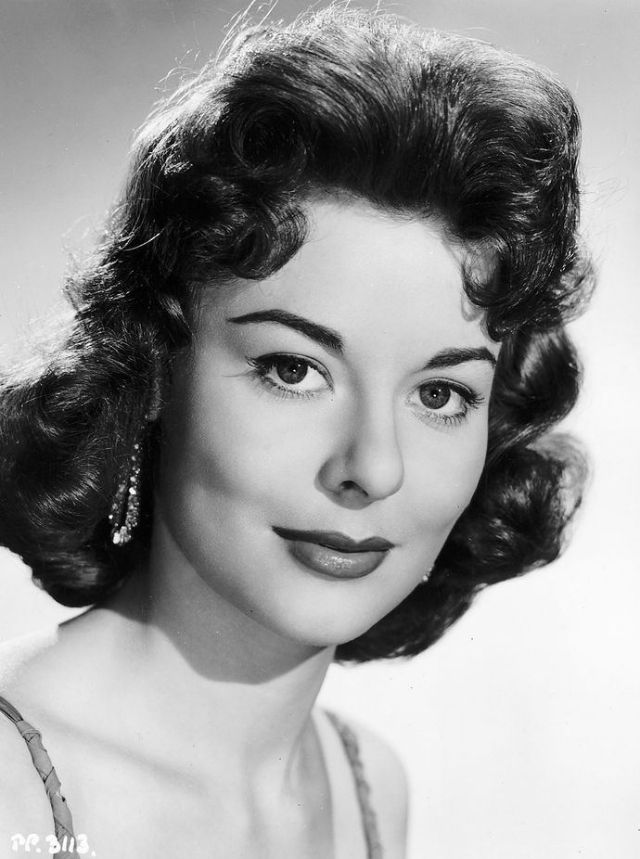
Her work in The Fox opened doors for more nuanced stories. Her refusal to be typecast showed younger actresses the value of strength. And her international career demonstrated that talent knows no borders.
She redefined what it meant to be bold—not through scandal, but through authenticity.
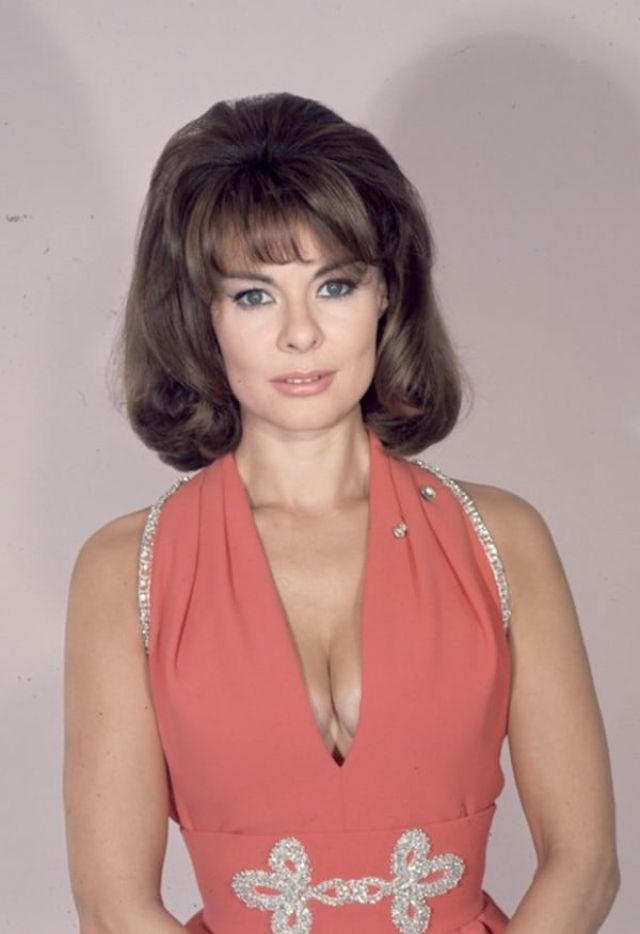
Conclusion
Anne Heywood’s life reads like a bold screenplay—driven by ambition, shaped by courage, and anchored in emotional truth. From Birmingham’s working-class streets to global cinema stages, she crafted a legacy that still inspires artists and audiences today. She pushed boundaries, embraced challenging stories, and lived with a quiet confidence that made her unforgettable.
Her journey reminds us that true stardom isn’t about seeking the spotlight—it’s about changing the way it shines.